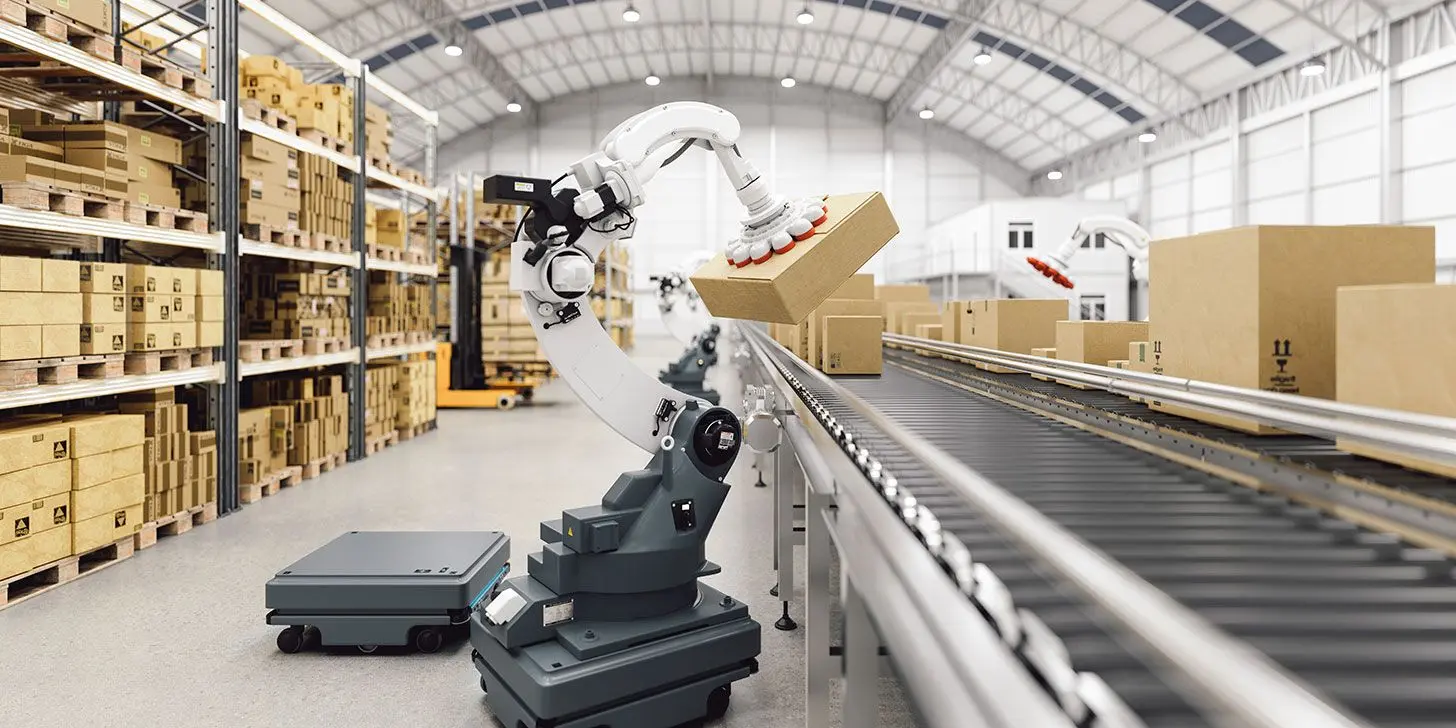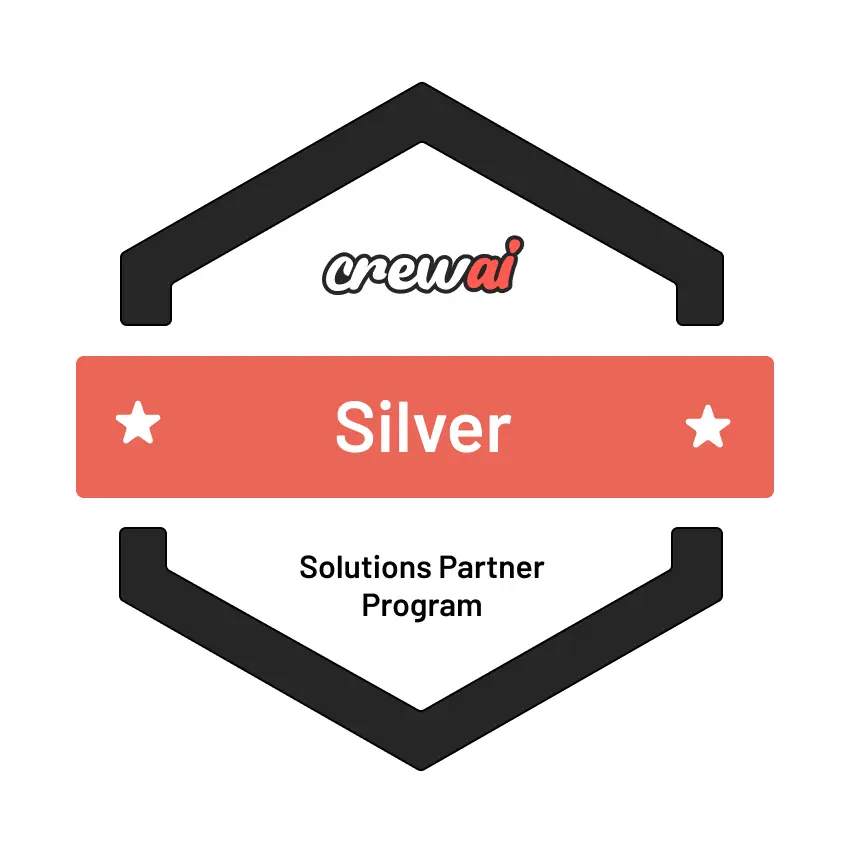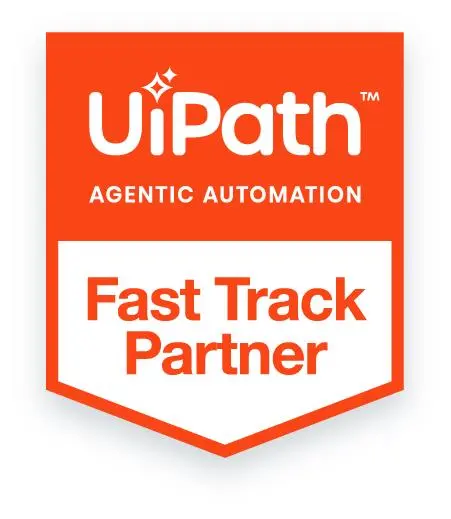Modernizing Industry Operations
In today’s rapidly evolving industry transformation, enterprises continue to invest in emerging technologies such as data, automation, AI, generative AI, including Large Language Models and advanced enterprise applications, striving to drive their digital transformation journey forward.
However, despite the excitement and investments, CIOs and business leaders face a daunting challenge – to unlock the full potential of these technologies, automate for zero-touch operations, and drive real business outcomes.
In the banking sector, CIOs and CFOs face challenges due to macroeconomic and geopolitical uncertainties, as well as increased competition, which highlight the limitations of conventional business models.
Trade Finance operations in Banking which is $55B in market size, continue to face challenges such as:
- High costs due to the amount of people and complexity needed to validate each transaction
- Manual and time-consuming processes due to 4-eye and 6-eye manual validations
- Complexity-driven checks and balances performed on each transaction
- Operational risk arising from continued manual handling of transactions and communications in operational processes
Yet, despite the growing promises of AI solutions to address these challenges; there’s a significant gap between the promise of AI and the reality of scaling AI solutions. Expectations remain high. Over half (56%) of global banking and financial market executives plan to automate their operations functions with digital agents in high priority, high impact workflows.
The dawn of a new era – autonomous automation
With numerous technology stacks available, it’s easy to get lost in the sea of options. The proliferation of automation and AI solutions has created a situation where executives are overwhelmed by the sheer number of choices, making it difficult to identify the right blueprint that can bridge the technological gaps, provide interconnectivity and drive real, measurable business value.
The convergence of generative AI and cloud-based solutions has enabled autonomous automation – a matrix with AI assistants, intelligent autonomous agents, and people harmoniously working together.
An intelligent layer, or AI-Fabric, streamlines integration, curation, governance and delivery of high-quality data for AI-driven analytics. This intelligent layer provides interconnectivity and orchestration – enabled by Ai digital assistants and autonomous agents – to automate and redefine new workflows based upon continuous learning.
The autonomous agents use sensors, transactional and external data to perceive their environment and self-make decisions without human intervention. Many executives, across various industries realize the opportunity. 70% of healthcare and life sciences execs say that their workflows will be digitized with intelligent automation and AI agents by 2026.

AI Fabric serves as a standard, reusable industry operations platform that bridges the gap between business and IT through a nimble, flexible, and seamless approach. By integrating data, automation, AI, enterprise applications and large and small language models (LLMs, SLMs) with full-stack orchestration, AI Fabric enables enterprises to leverage the full potential and scale AI.
At the heart of AI Fabric is the main Orchestration Engine, a powerful and technology-agnostic platform which acts as the main agent that issues and orchestrates precise commands to multiple agents based on user prompts. Just like humans interact to each other, these agents interact, collaborate and build relationships among other agents, leveraging the agentic behavior to seamlessly execute complex actions across the enterprise.
These agents leverage a synthesized data coming from the data fabric intelligent integration layer. Agents then use “AI Asset Crawler” to identify the right assets and solutions from the assets marketplace and create dynamic intelligent workflows to deliver the desired outcomes with full-stack orchestration capabilities, without the need of pre-programmed bots or traditional agents.
Autonomous agents are often used in robotics, autonomous assets, and other operational environments where decision-making, and action-taking are critical.
CIOs can consider AI Fabric as an oxygen and a blueprint that weaves Data & AI into a fabric that automates and transforms industry operations to drive business value and ROI, powered by Agentic framework for any industry specific processes such as:
- Claims Operations
- Trade Finance
- Citizen Services
- Billing operations
- Healthcare experience
and many more..
According to Markets and Markets’ Autonomous AI and Autonomous Agents Market Forecast, the market is expected “to reach USD 28.5 billion by 2028 at a CAGR of 43.0% during the forecast period”.
With AI Fabric blueprint; CIO’s and business leaders can:
- Shift from labor arbitrage to zero touch transformation
- Get desired Return on Investment (ROI) and Productivity
- Reimagine customer experience
- Optimize OPEX and CAPEX
- Manage risk and compliance better
- Address skills gap, attract, retain and nurture talent
AI Fabric is not just about technology—it’s about creating a smarter, more connected organization that can adapt, innovate, and thrive in today’s fast-paced digital operations environments.





